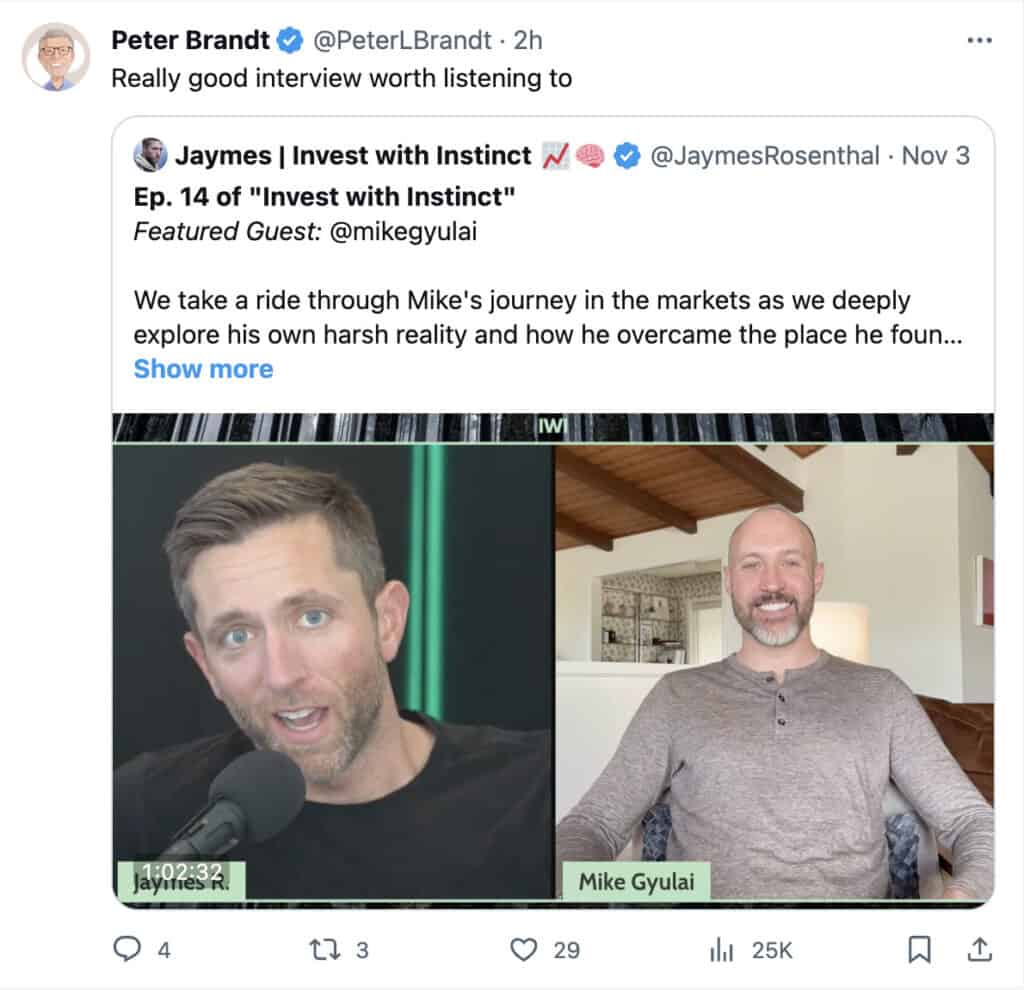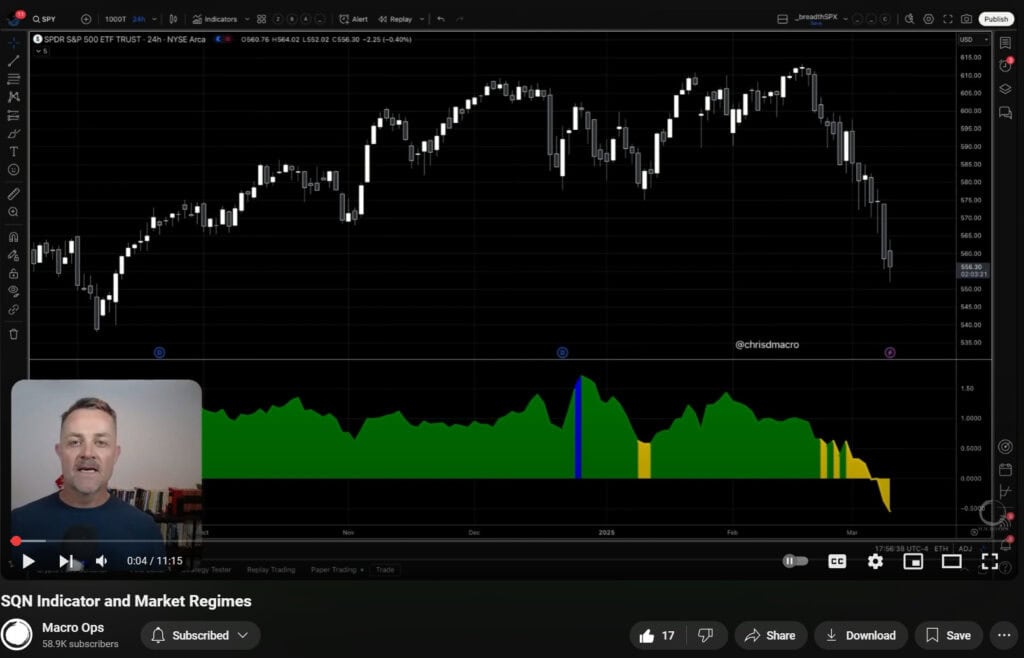Newsflash: apex predators are hard to kill. But when you live amongst them, you should learn how.
The native Inuit tribe developed an interesting way of dealing with apex predators. It wasn’t an all-out attack. Nor was it a strategic assault mission under the blanket of night.
It was simple. It was elementary. But it was potent.
The Inuit people used the predator’s own biology against them to attract and kill the beast. Of course all the above is legendary folklore and not verified by evidence. But it does translate to markets.
The stock market does the same thing to traditional value investors. Hungry for yield and “cheapness”, value investors die at the mercy of their own “biology”. Their desire to buy cheap actually kills them.
But how does this happen? The answer to that question lies in the ancient Inuit practice of killing wolves.
How Inuits Kill Wolves
Native Inuits lived with wolves. Wolves are fierce, work in packs and take no prisoners. They’ll eat one another if they’re hungry enough. Wolves are also large predators. The average wolf spans 4-6ft long and weighs upwards of 180lbs.
Challenging them head-to-head is a losing battle.
Knowing this, the Inuit people devised a strategy for killing these beasts. The plan was simple: take a knife, dip it in blood, freeze it and tie it to a pole.
Wolves love the scent of blood. It means there’s a potential meal around. The blood scent would attract the wolf to the frozen knife. From here, the wolf would lick the frozen blood off the knife. Each lick melted the hydrated exoskeleton, bringing the wolf’s own tongue closer to the knife’s blade. It wouldn’t take long for the knife to melt, exposing the sharp blade. At that point, each lick cut the wolf’s tongue, which in turn made it bleed.
But here’s the kicker: the wolf couldn’t tell the difference between its own blood and the frozen blood on the knife.
To the wolf, it only tasted more blood. Which motivated it to lick even more!
You can extrapolate what happens next. The wolf keeps licking, oblivious to its own loss of blood. Over time, the wolf dies with a ravaged tongue and an empty stomach.
The Value Investors’ Knife of “Cheapness”
When I first heard this story, I couldn’t help but think, “that sounds a lot like traditional value investors right now.” The scent of low P/Es. The allure of high dividend yields. These aren’t bad characteristics by themselves. But what company are they frozen to? That’s what’s important.
The market is generally efficient at valuing businesses over the long-term. In other words, the market does well at distinguishing a knife dipped in blood from actual prey.
But every so often Mr. Market gets it wrong. The company he thought was a knife dipped in blood is actually a healthy young calf — the perfect meal. This event — finding that one gem in a pile of crap — keeps investors attracted to the knife.
Why? Buying cheap permeates our everyday life. We buy clothes on sale, food in bulk and clip coupons. All in the name of value. Those are all good traits. But do they translate well to markets?
It depends.
When It’s Cheap For A Reason
Value investors claim you should buy stocks the way you buy produce. Load up when your favorite item goes on sale.
Here’s what many miss from that quote: “favorite item”. Most cheap stocks are cheap for a reason. Those jeans that are on sale? They feel like sandpaper on your skin. That steak is 40% off? It’s all fat and connective tissue.
The combination of discounted price plus high-quality merchandise is hard to find.
It’s not enough to look for bargains. You must look for bargains on merchandise (stocks) that actually have value.
Which brings us back to the blood-soaked knife tactic.
Don’t Bleed To Death
Markets are nasty. They’ll chew you up and spit you out. Leaving you left for dead with a handful of 2x P/E stocks in your pocket.
How do we emerge alive? By not bleeding to death. We don’t lick the frozen knife. We recognize when it’s our blood — when we’re doing damage to ourselves. The market is hard as it is. Learning what not to do might save you.
But you want more than that. You want a step-by-step guide on how to not lick these knives. Better yet, you want to know where the knives hide. Like Munger says, “show me where I die so I never go there.”
Here’s a few ways to navigate the markets filled with frozen knives dipped in blood:
1. Don’t Screen for Cheap Stocks
I know, this goes against everything you read in quantitative value investing books. You can hear Ben Graham rolling in his grave. The logic is simple. Quantitative metrics like P/E and EV/EBITDA are easy to use. Computers sift through thousands of P/E ratios every single day. There’s no edge there.
Also, ask yourself why other investors aren’t buying this stock. If it’s so cheap, you would expect a rush of value-hungry investors chomping at the bit.
The more you ask “why is this cheap” the more you’ll see the knife underneath the blood.
2. Save Valuation Work For The End
Too many investors focus on valuation at the beginning of their analysis. I fall prey to this thinking all the time. It’s something I’m trying to fix.
Instead of focusing on valuation at the beginning, save it for the end. Focus on business quality and unit economics up front.
This allows for two things. First, it’ll help you learn about the actual business, not simple numbers on an income statement and balance sheet (read: table stakes). Second, it’ll alert you to any bad businesses that aren’t worth the valuation work.
Who cares if a company trades at 2x earnings if it has awful unit economics, no industry runway and a failing business model.
3. Don’t Shy Away From Growth
Growth and value conjoin at the hip. A company needs both to see success. If you have only growth and no value, you’ll always overpay (how many of you thought of P/E ratios when reading this). But, all value and no growth gets you a melting ice cube.
Growth doesn’t have to come from the top-line revenue category. Expanding margins, higher FCF conversions or growing earnings all work. Where you see growth depends on the company you’re investigating. Is it an esports technology company penetrating new markets? You should see top-line revenue growth. But if it’s a rural telecom operator, top-line growth fails as an adequate barometer.
How To Keep Value Investors’ Tongues Clean
Investing is already a hard game. Don’t make it harder than it has to be. If something feels off … if a stock feels too good to be true, think about it. It might be a knife in frozen blood. You’re not the only wolf trying to lick a 2x P/E oil and gas distributor. But if you recognize the trap, you might be the only one to make it out alive.







